#20 | 4th of July in The Rocky Mountains - Colorado
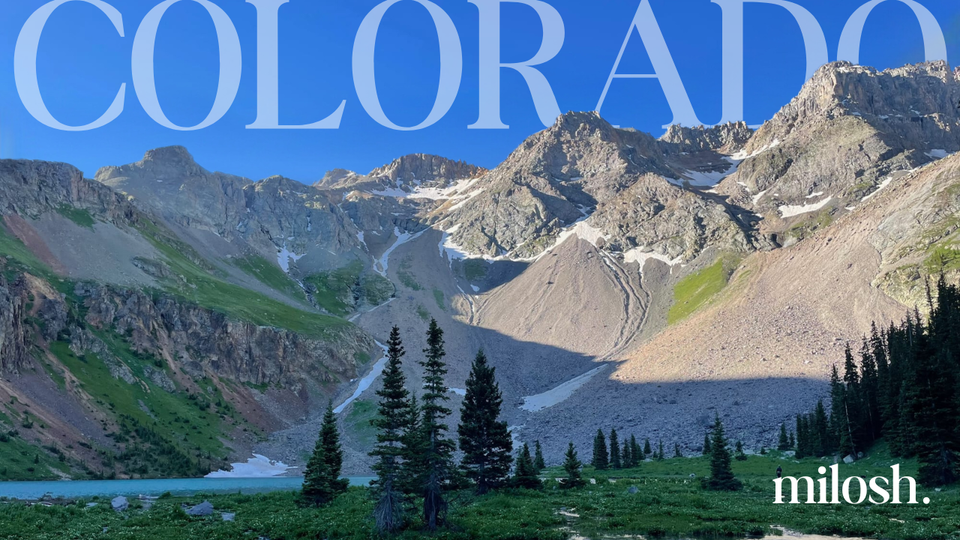
I have been particularly looking forward to spending this specific weekend in the US. In the end, I got to experience it in Colorado, a state in the Mountain West of the US. The name originates from the Spanish word for "coloured red," and let me tell you, the rocks and the mountains in the state can indeed be red and stunningly beautiful. Colorado is known for its great skiing in Aspen and Breckenridge, as well as its overall outdoorsy culture. Our road trip took us through the southwestern part of Colorado. We visited the calm of Montrose and Durango, hiked up the Ice Lakes Basin, and attempted to climb Mount Sneffels. What sort of employment allows outdoor enthusiasts to live their lives in the mountains while being active? Yes, you got it right: remote work. Colorado is a national leader in the percentage of remote workers, reaching 37%. More on remote work and our hiking adventures below.
The Centennial State
Long before the arrival of Europeans, the land was inhabited by various Native American tribes who thrived in the region's diverse environments for thousands of years. The first European nation to colonize Colorado was Spain in the late 16th century. It wasn't until the 1840s, during the westward expansion, that larger groups of settlers from the eastern United States and Europe began to arrive, drawn by the promise of opportunity in the vast landscapes of Colorado.
On August 1, 1876, Colorado was admitted as the 38th state of the United States, earning the nickname "The Centennial State" as its admission coincided with the centennial celebration of the Declaration of Independence.
Now it makes perfect sense why Colorado is the place to celebrate the 4th of July. As one of the campground owners told us when we were looking for a spot to camp, "You may have to try another state!" But those who don't give up find paradise...

San Juan Forrest & Mount Sneffels Wilderness
As soon as we crossed the Colorado state sign (one of my favourite things about travelling in the US—shame on you, CA, for not having one), we were treated to some unreal views of the Rocky Mountains. Both Jamie and I, being avid mountain lovers, were ecstatic to be back in the mountains! On the way up the hills, we had our French friend Nino on a video call—we had hiked in the Himalayas together not so long ago—so we made sure to share the beauty with him.
The original plan was to hike up Sneffels that day, but we only got to San Juan National Forest around midday. Knowing most of the day was gone, we opted for a hike up to the Ice Lake Basin. We packed super light and thought about attempting to run some of the passages that might not be as steep and difficult. Going light is an underrated skill for hiking, one that truly makes it more enjoyable. We hit the trail pretty fast, and thanks to the switchbacks, we were able to keep up the pace. The air grew thinner as we climbed higher, but the views were well worth the effort. We found ourselves surrounded by lush forests, crystal-clear lakes, and waterfalls.
The tops of the mountains had a bit of a snowcap. The alpine-like meadows and peaks reminded me of home. It felt unreal that just the evening before, we were running around the mesas in Monument Valley, a completely different landscape. The water in the Ice Lakes was incredibly blue—almost turquoise—and cold. We had brought no swimsuits and no towels, yet that didn’t stop one of us from diving in and getting the real cold-exposure test. (I was not the one.)
We relaxed by the lake for a bit and decided to head down. It was a good acclimatization trek that provided unreal views.
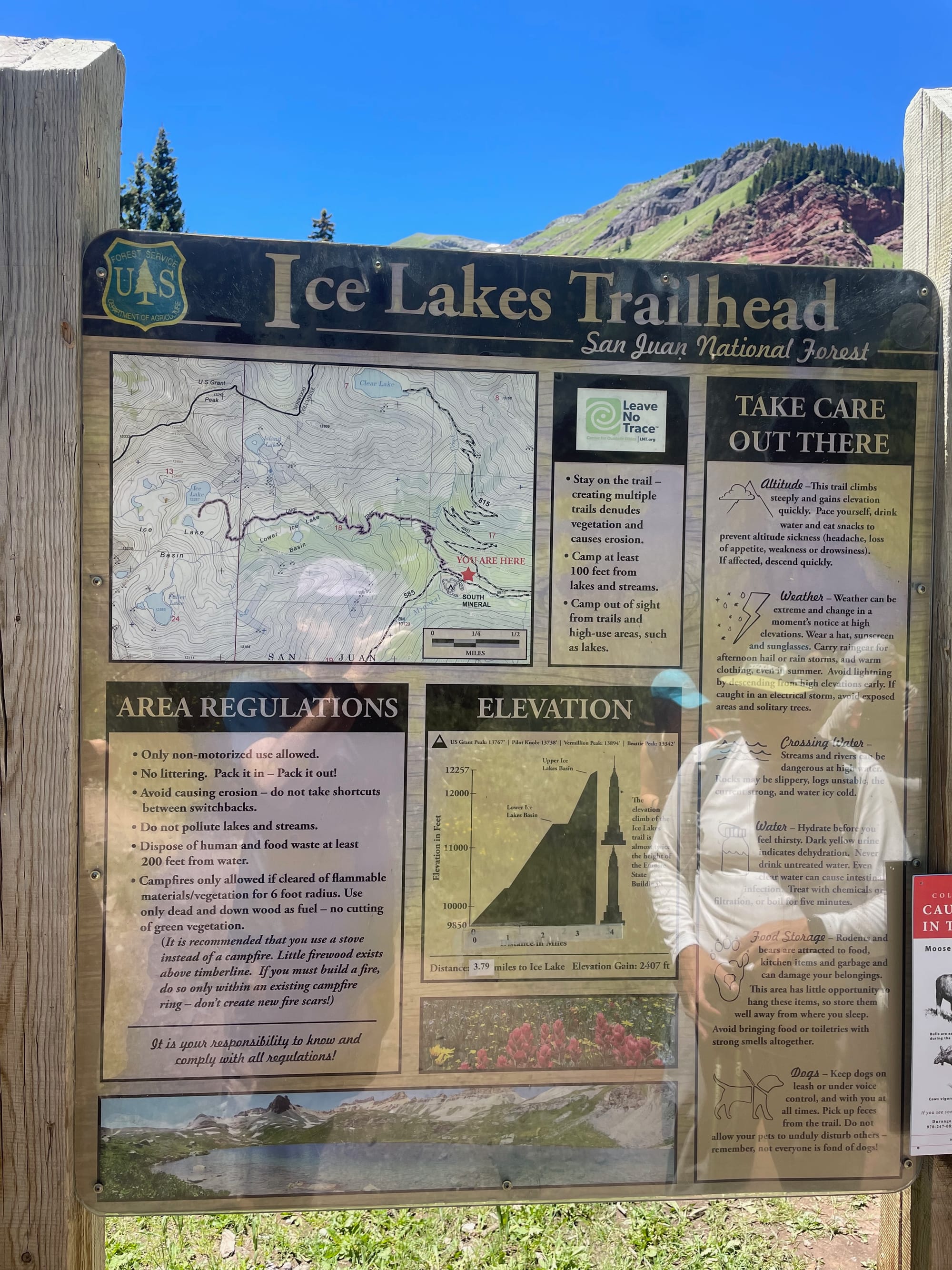
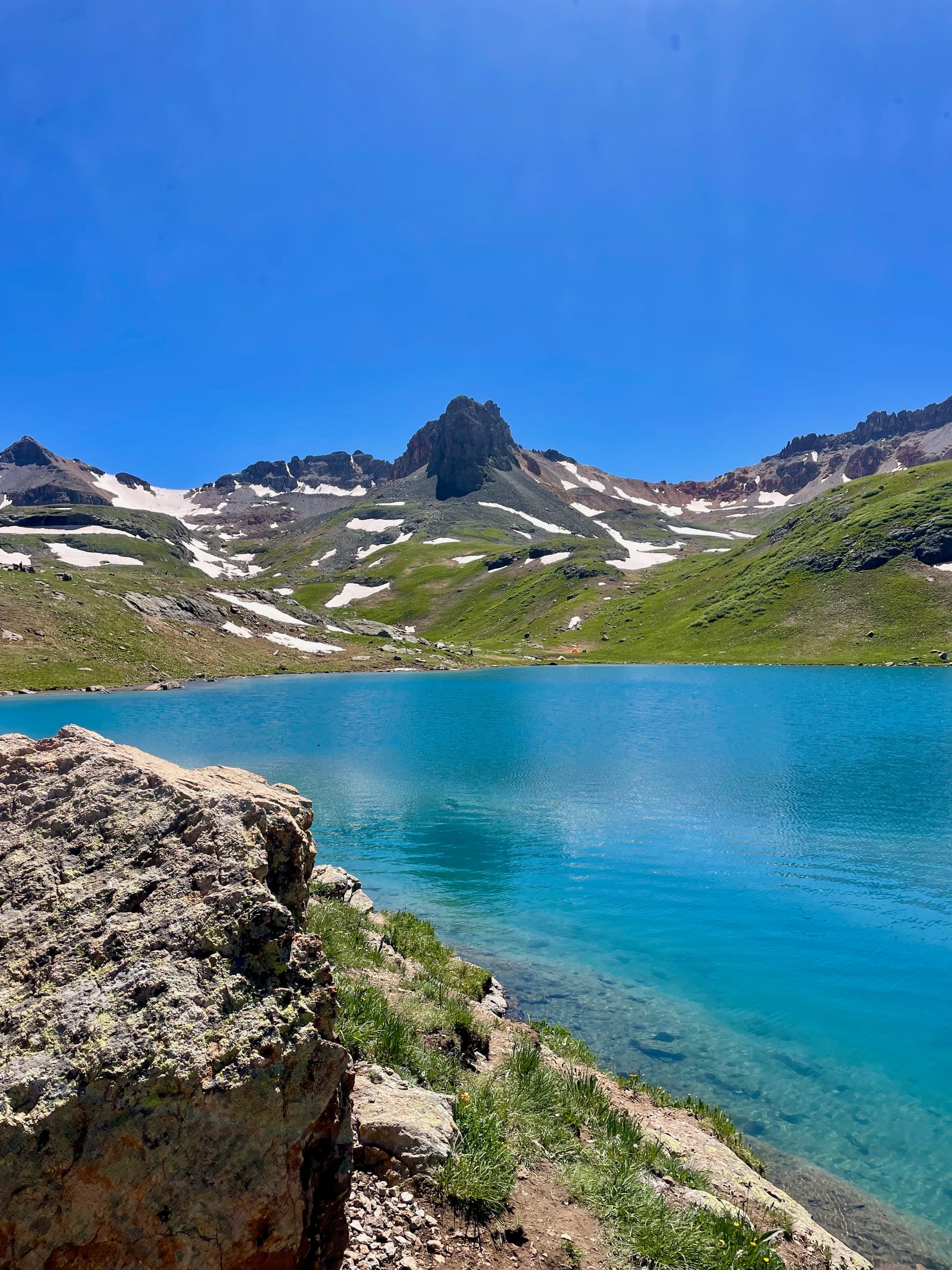
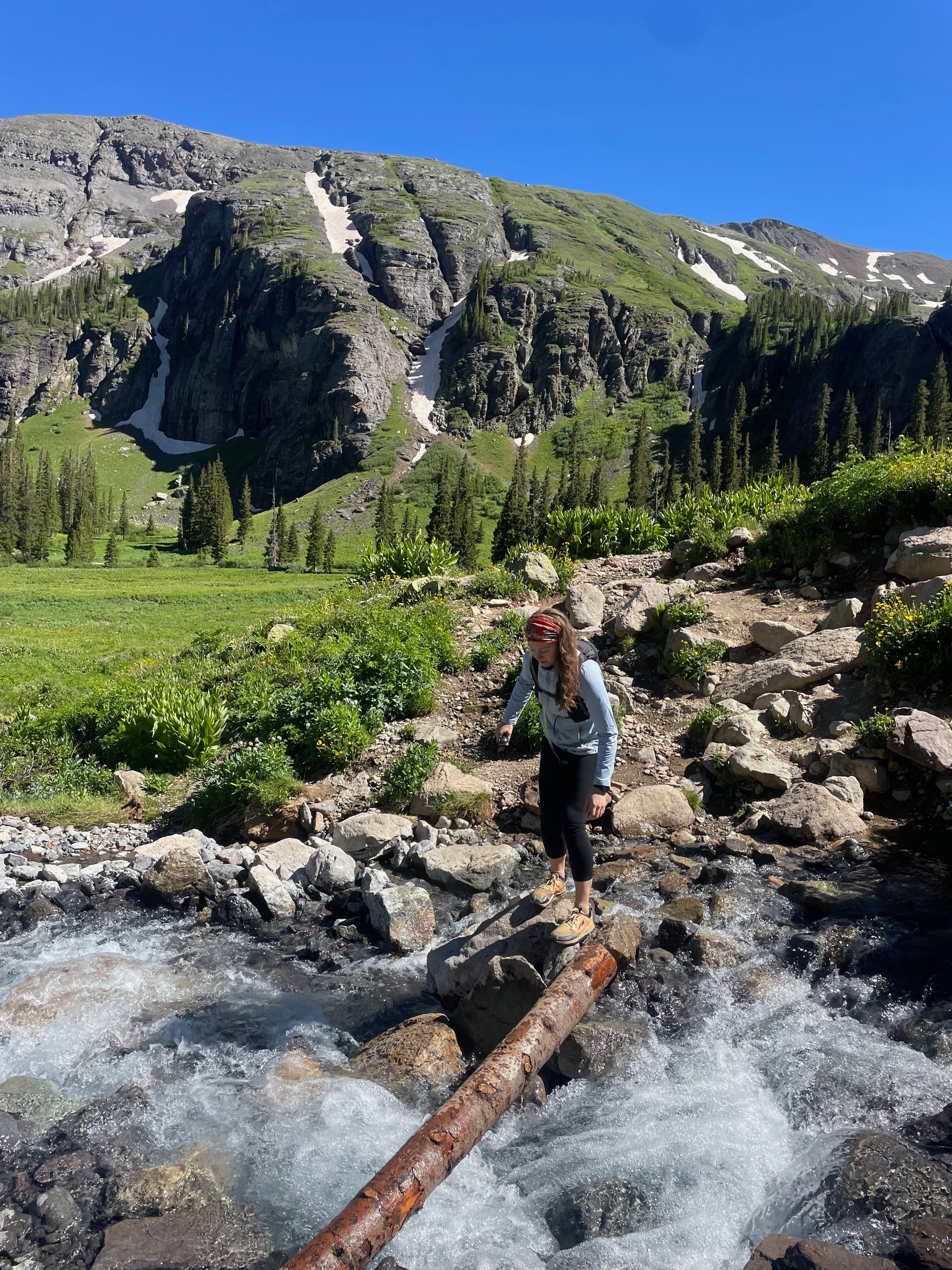
The second hike we planned was a challenging ascent of Mount Sneffels, a 14er, via the Blue Lakes Trailhead. It was up to 25 km with over 1600 meters of elevation gain in high altitude. It sounded like a perfect way to celebrate the independence of this country. The night before, I had my very first encounter with a mean, entitled American. One for the books.
We set the alarm for 5:30 and made sure to be on the trail by 6. I love hiking first thing in the morning as it brings me to a meditative state. On our way back, I could barely remember the trail we walked until around 9 AM, just because I was still half asleep. The trail up to the Blue Lakes and Upper Blue Lakes is nice. Lots of switchbacks, paved ways, and stable inclines. Plenty of creeks, streams, waterfalls, and lakes to refill your water. I guess it's allowed to swim in all the high-altitude lakes here in the US—contrary to home.
As we started to make our way towards the Blue Lake Pass, we began to feel the altitude. The never-ending zigzag trail was challenging, but we both felt light and fresh. The views from Blue Lake Pass were incredible. The vastness of America was on my mind again. I just couldn't imagine this scale and size were possible. Thinking of the CDT, PCT, and other long-distance trails, how do you even complete them if these are the mountains you hike through? Unreal.
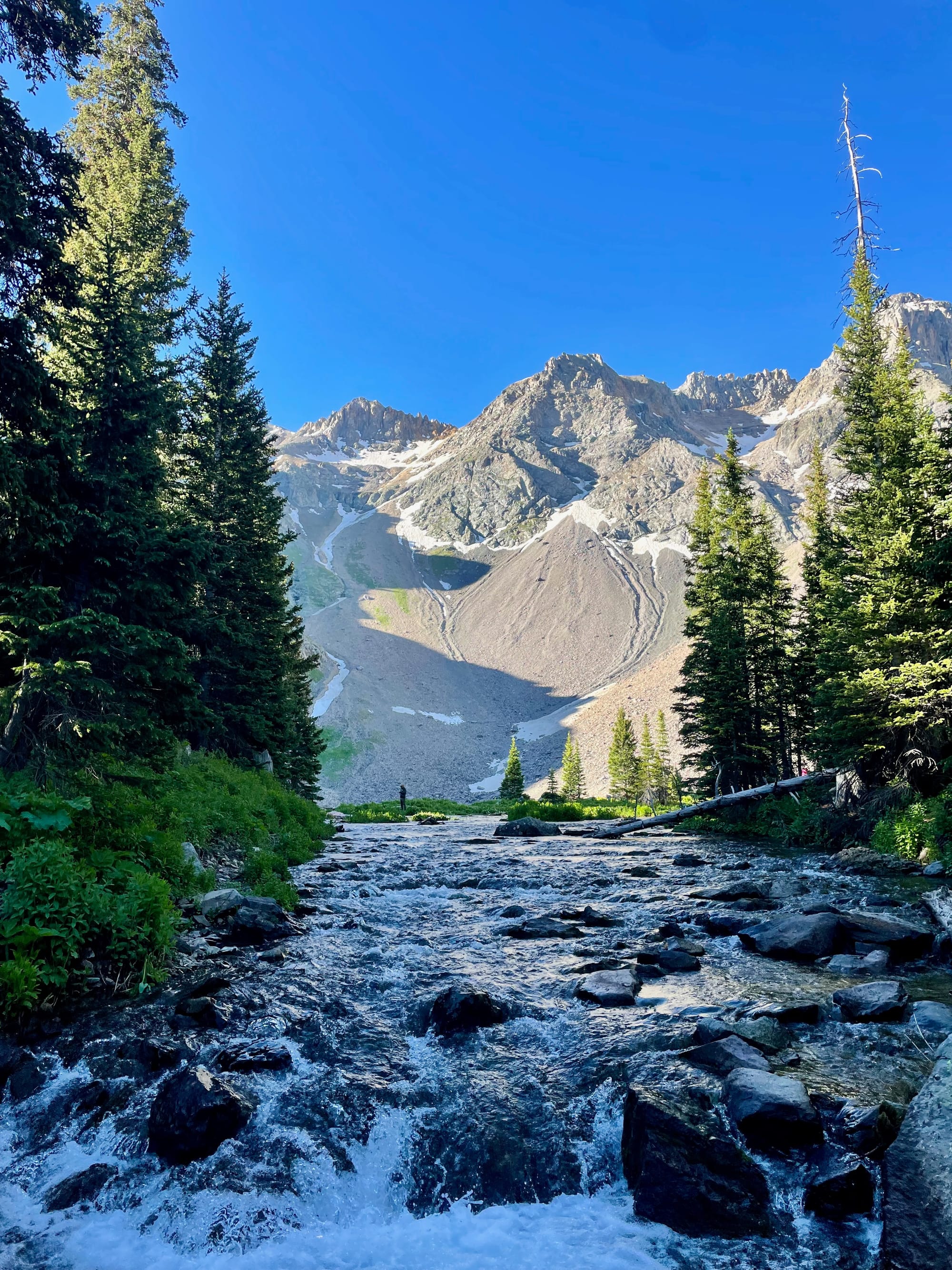
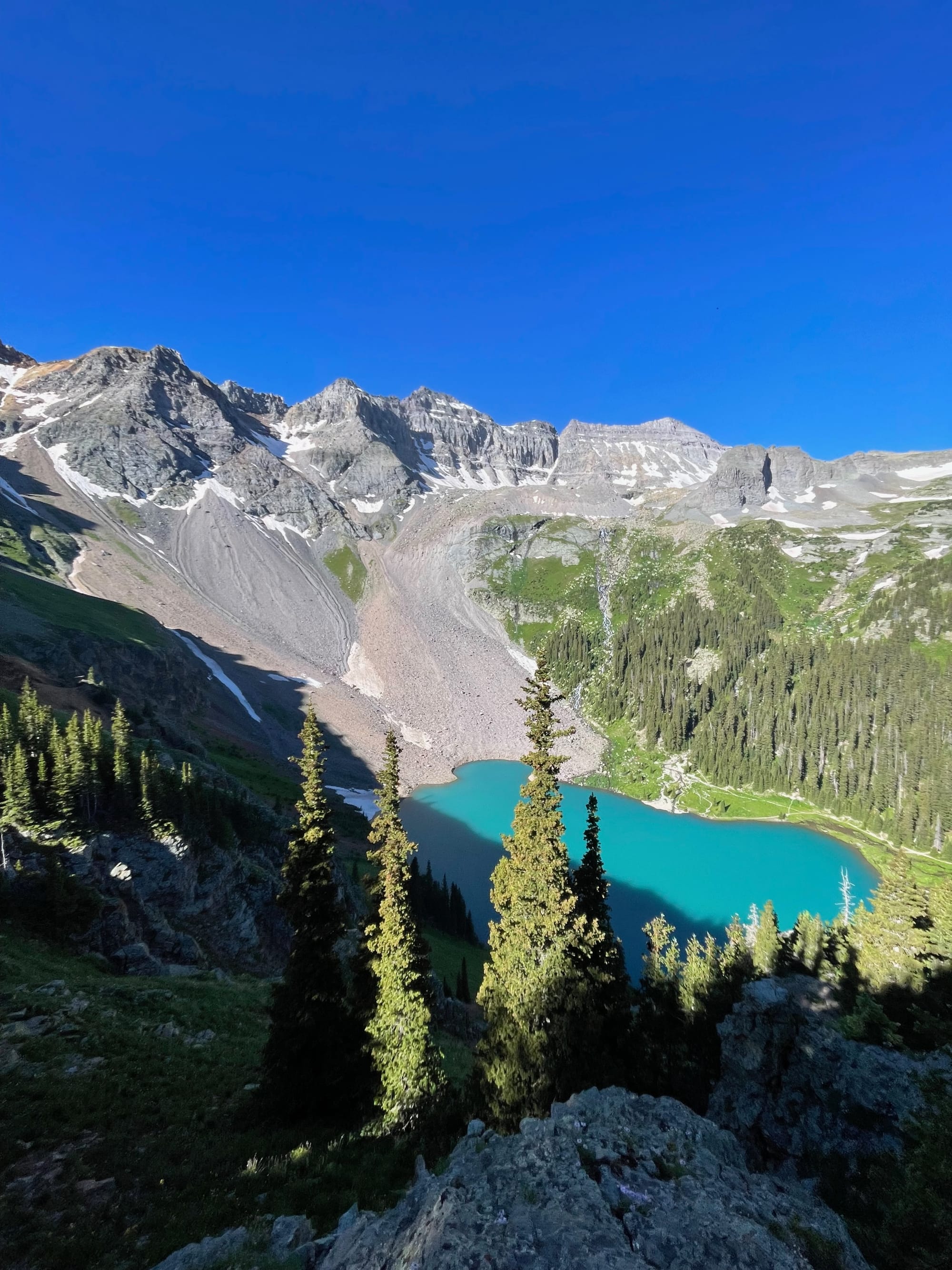
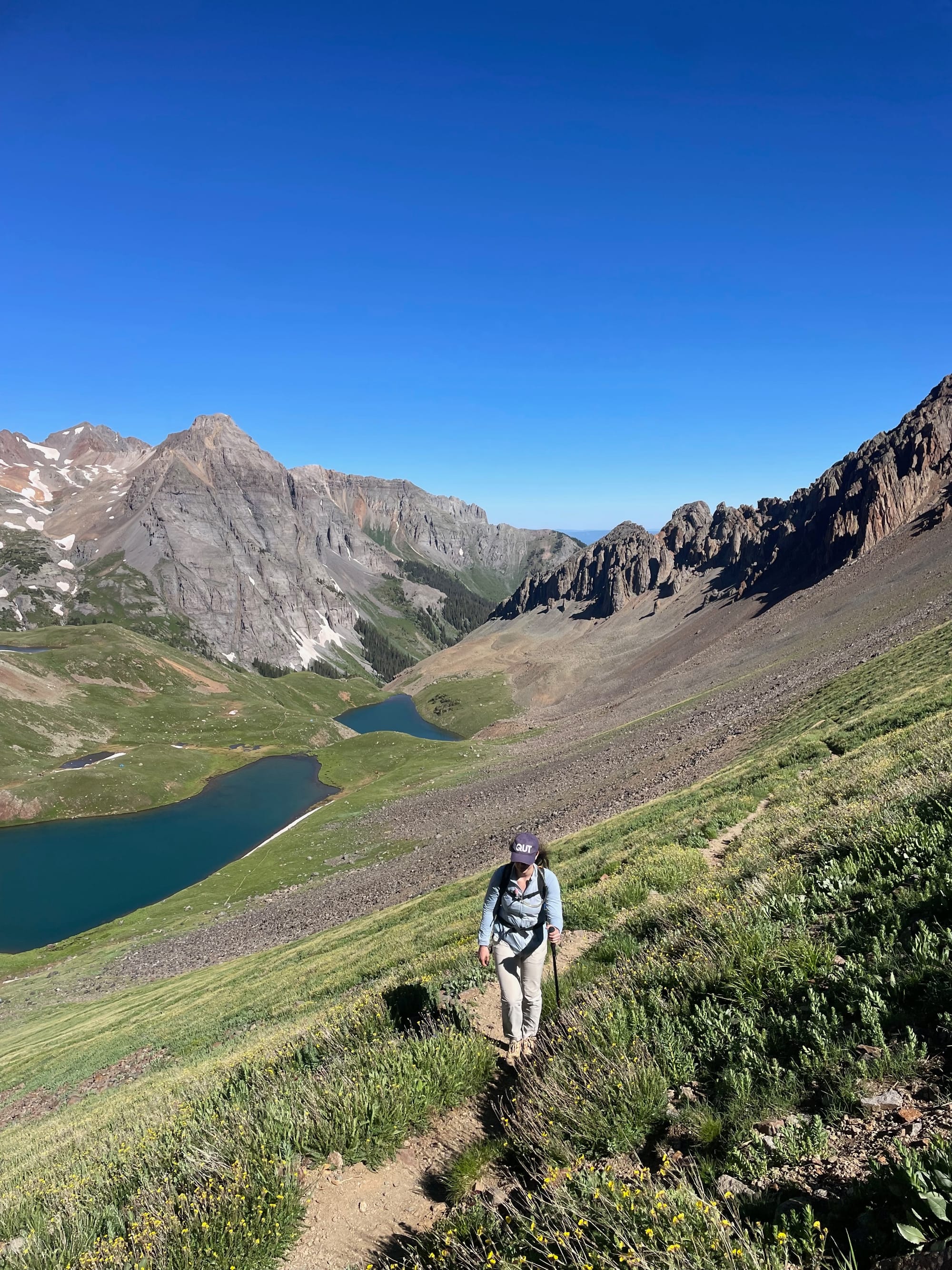
The views were otherworldly.
Mount Sneffels has two ways to hike from Blue Lake Pass. One route takes you all the way down to the parking lot from the other side, and then you hike up probably 1000 feet, or you can scramble through the Southwest Ridge, which is a Class III climb. That was our plan. I could tell from the pass that this climbing section was going to be pretty technical.
We set off and climbed up for about an hour when we got to a point where the trail got "lost," and there was a probably 70-degree chimney we had to climb up. Not going to lie, it looked scary but climbable. I made my way halfway up and saw the path forward. Then, one of us got scared of the climb and thought it would be better to return safely, as we had a long way back. I was not the one. We will be back to claim this mountain, though, as it's not going anywhere for the time being.
We hiked back, which felt never-ending. The sun was strong, and our legs were weak. Just staying awake after almost 12 hours of hiking was an accomplishment—something we both considered normal when in the Himalayas. After getting back to the trailhead, we drove for 2 hours to the closest BBQ place and devoured roughly 1 kg of meat.
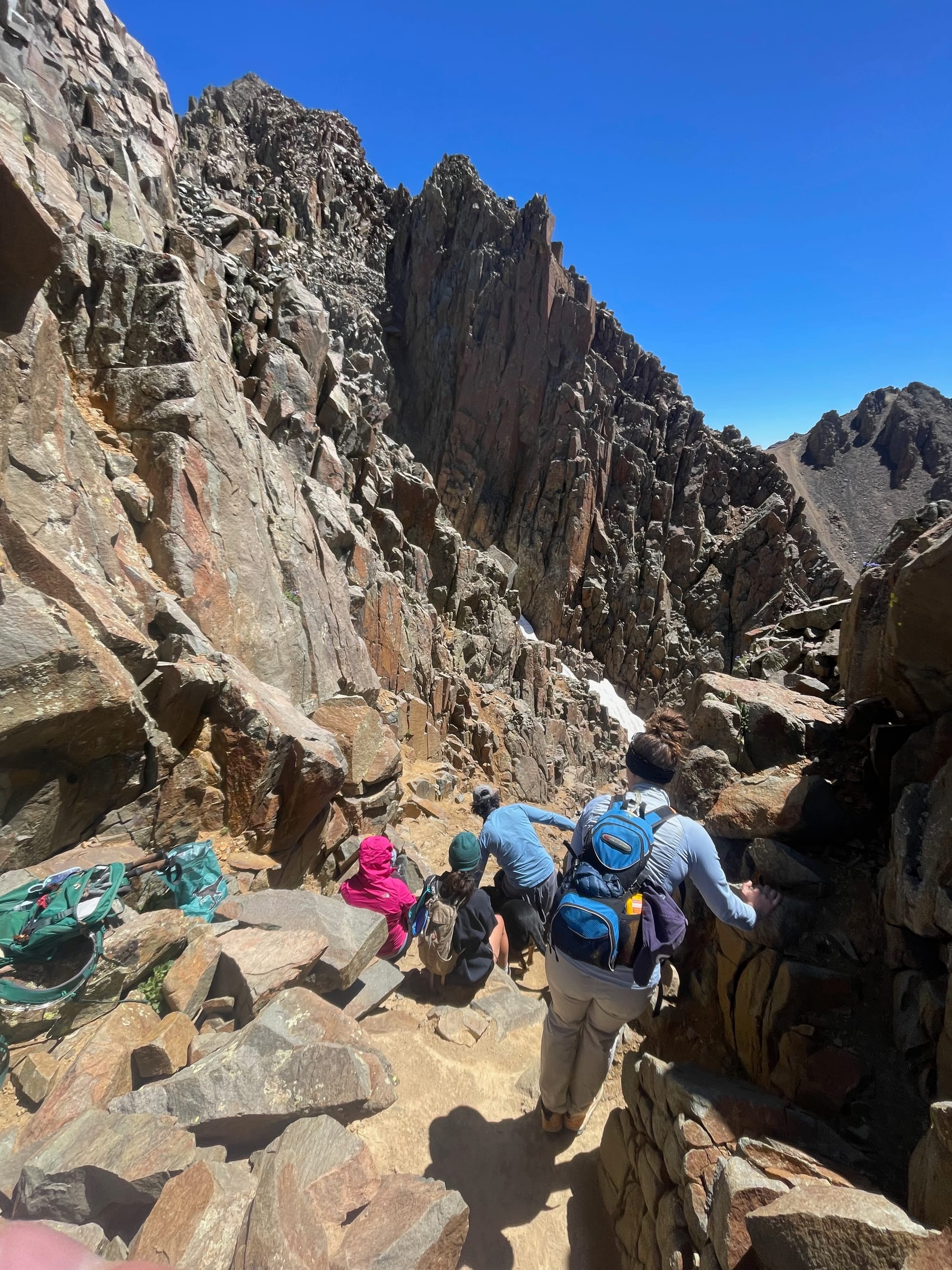
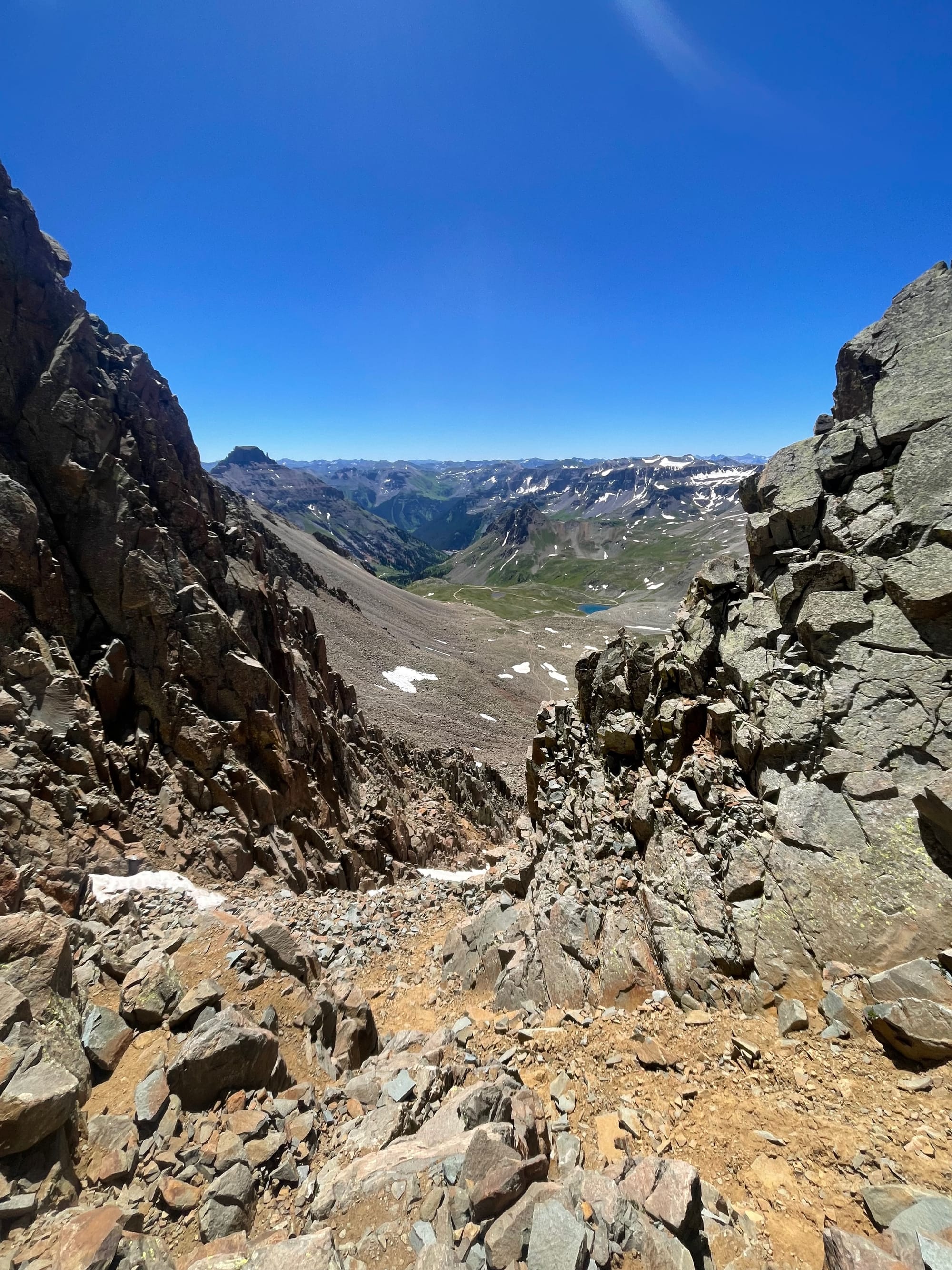
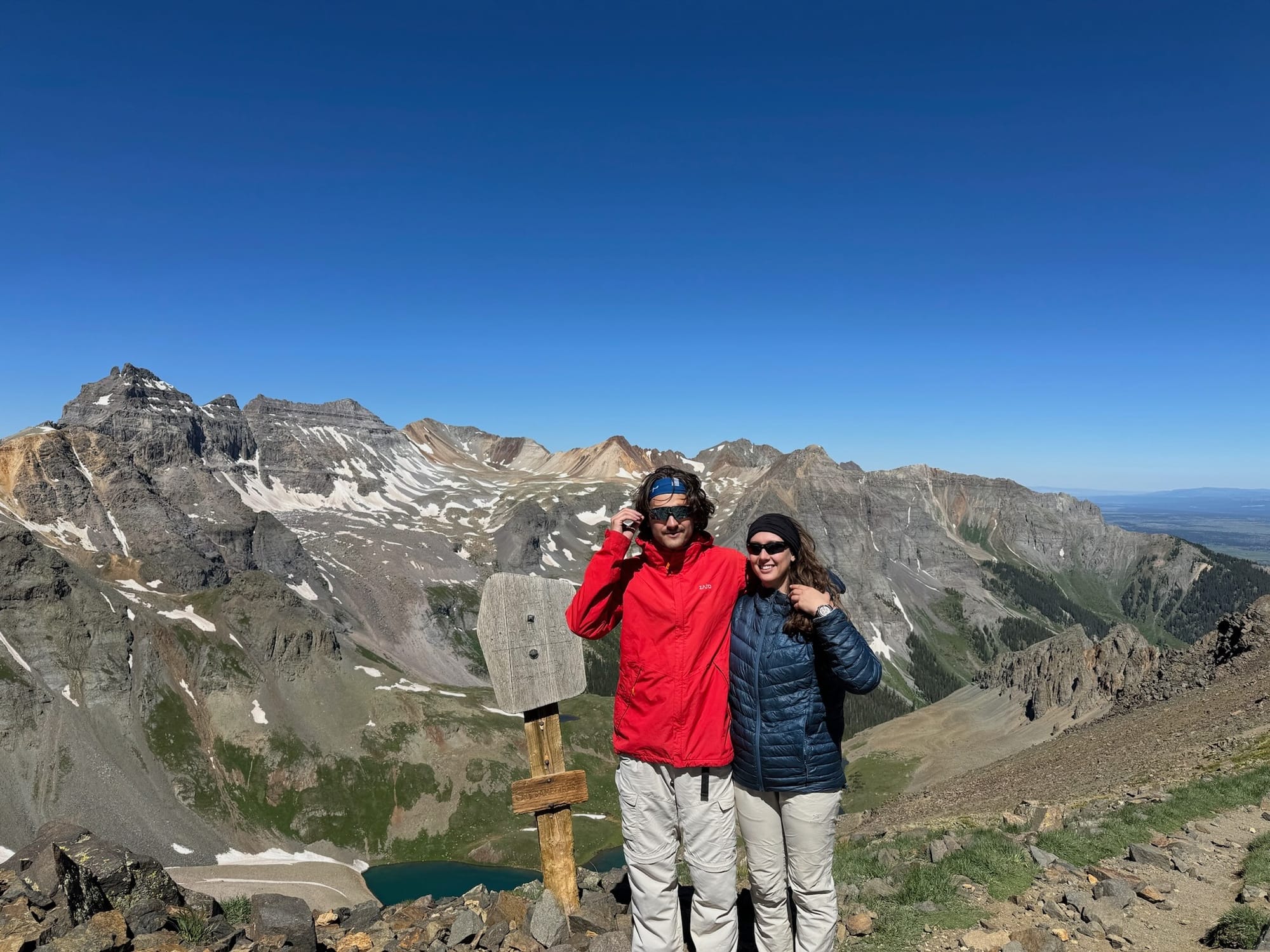
En route Sneffels & Blue Lake Pass
The Mountain Towns of Montrose & Ouray
In between the hikes, we spent some time working, walking, and hanging out in both Montrose and Ouray. Ouray is a little mountainous town nicknamed the "Switzerland of America" for its scenic landscapes and famous hot springs. It was founded during the Colorado mining boom and has preserved much of its historic charm, with numerous Victorian buildings still standing. I finally got that "wild wild west" feeling, which, to a Western movie fan, is priceless.
Montrose, on the other hand, is a relaxed, slow town, full of middle-America spots. It's a hub for Southwest Airlines and flies frequent routes from surrounding cities, providing a first step for any newcomer to southwestern Colorado. It’s the gateway to the Black Canyon National Park, which we did not get a chance to go to due to our busy schedule. As we were camping, Montrose Recreational Centre provided a much-needed shower and also a spot where I lost my dear Garmin watch, never to be found again. I hope it made someone's day better. We then spent almost a whole day working from a cozy coffee shop and just relaxing.
Ouray feels more charming than Montrose, but I had serious concerns about the lack of sunlight! Overall, the towns in Colorado were perfect for a base on a longer trip to the Rockies.
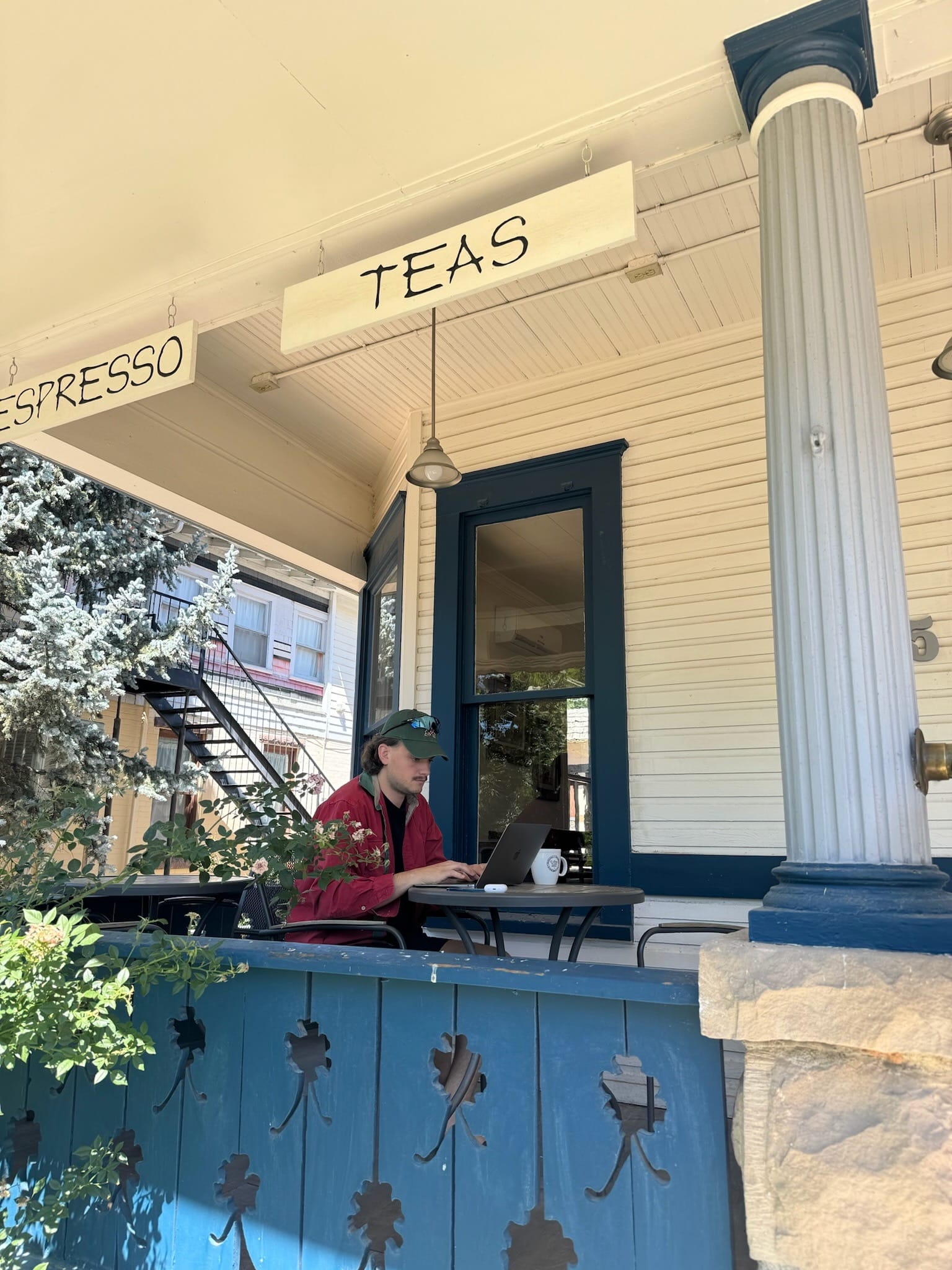
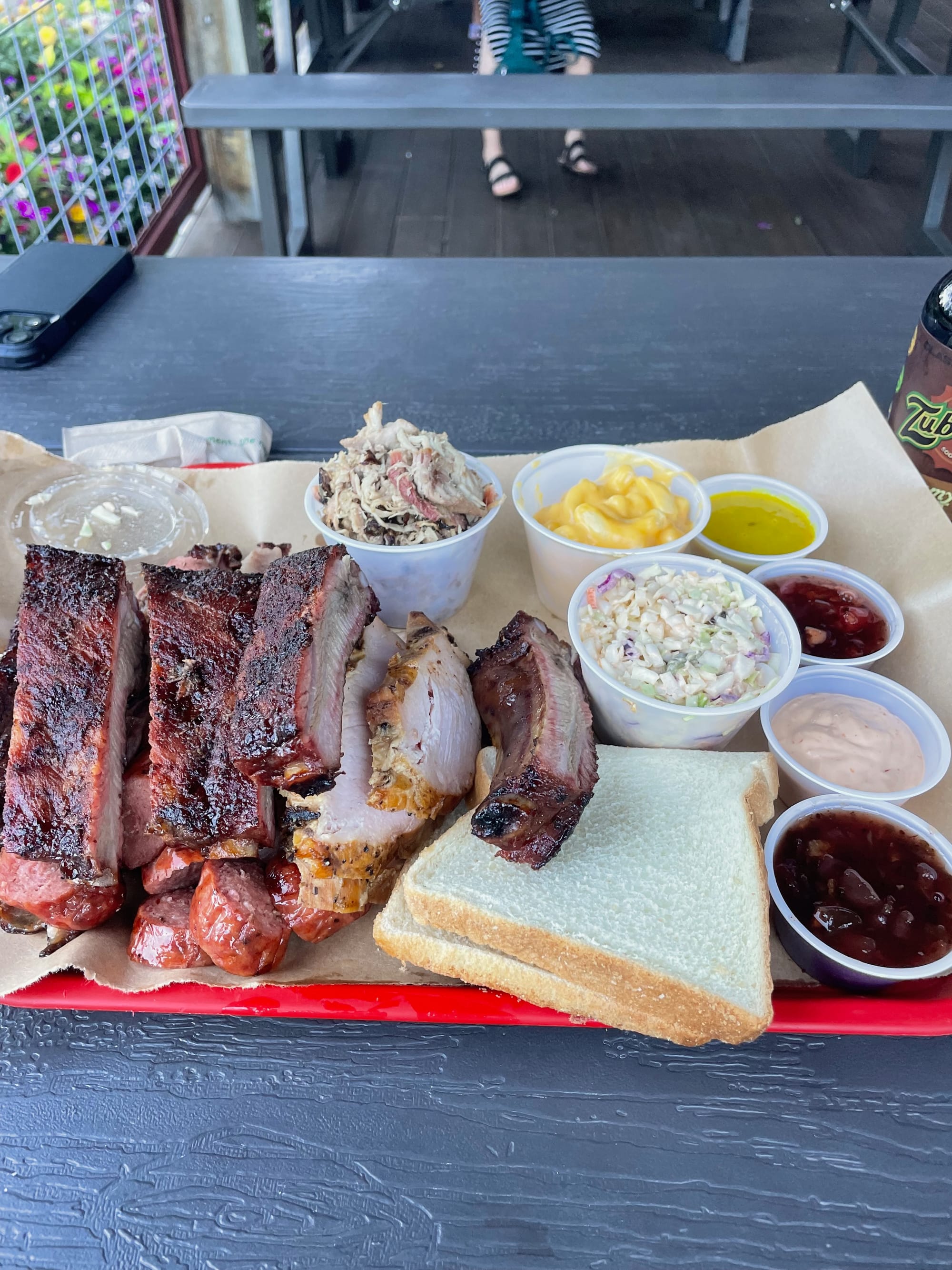
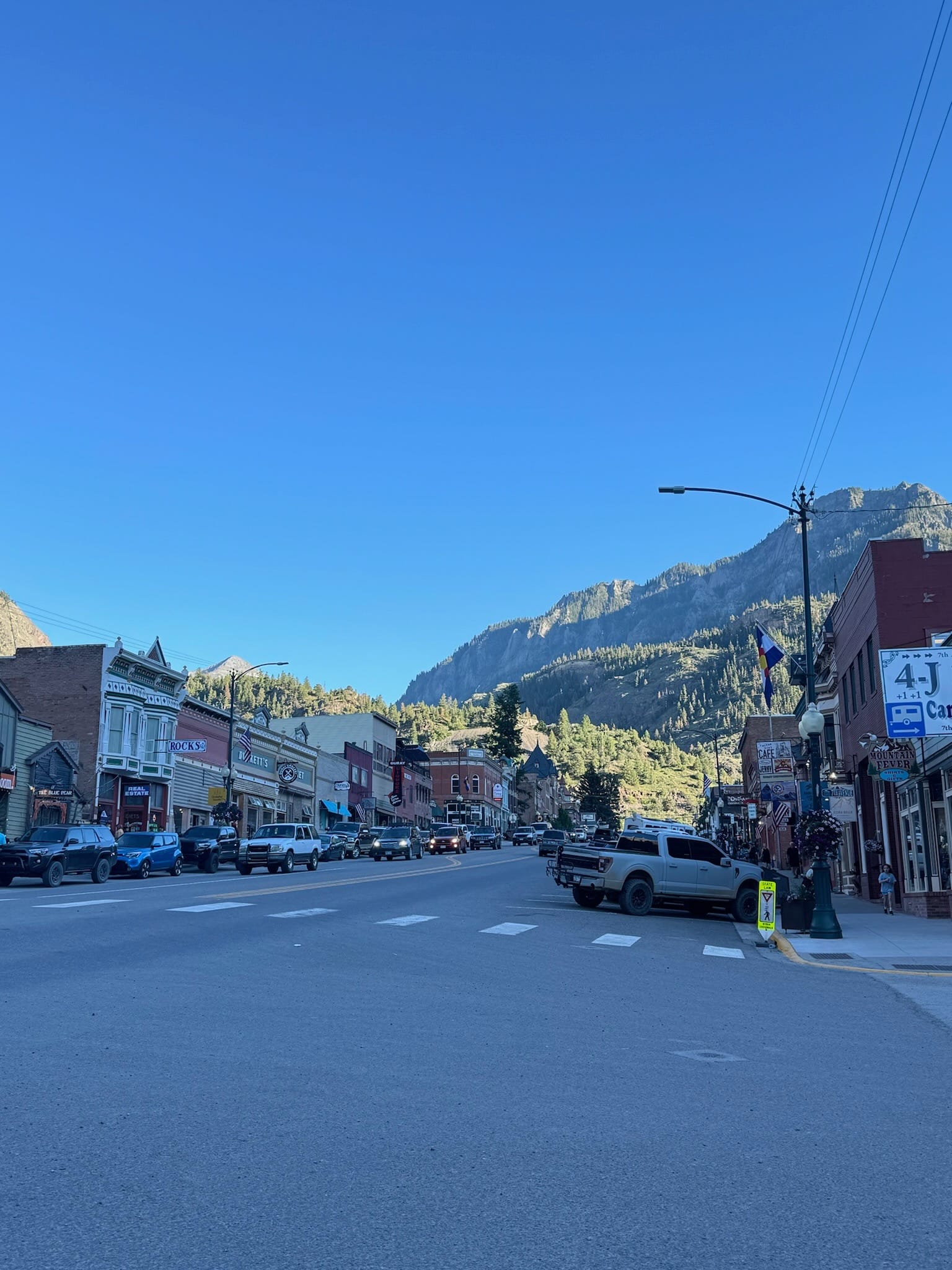
Mountain towns are charming.
Remote Work in Colorado
Colorado, to my surprise, is home to just over 5.5 million people. That's less than my native Slovakia, while its land size is five times bigger than my home country. Despite the population not being huge, it has a remote workforce of over 600,000 people. The outdoor lifestyle in the state attracts many remote professionals.
The state hosts over 1,500 remote-friendly companies, with a strong emphasis on tech and outdoor industries. Just driving through the state, we passed by an Osprey headquarters—oh boy, did it look dreamy! Companies like SendGrid and Ibotta have adopted remote-first policies. Colorado has around 150 coworking spaces, with concentrations in cities like Denver, Boulder, and Colorado Springs. These spaces often feature outdoor areas, fostering a balance between work and recreation. The cost of living is still reasonable compared to major coastal cities. The average rent in Denver is about $2,000 for a one-bedroom apartment (which is still a lot of money).
The trends in tourism are clear: adventure, experience, and authenticity. Together with the growth of remote work, more and more "adventurous nomads" will be making their way to less explored places. Colorado can be one of those. The lack of nomad infrastructure and affordable accommodation can be a hurdle to attracting more people to spend a few months working on their jobs or businesses while doing the activities they love. Nothing that can not be sorted though...
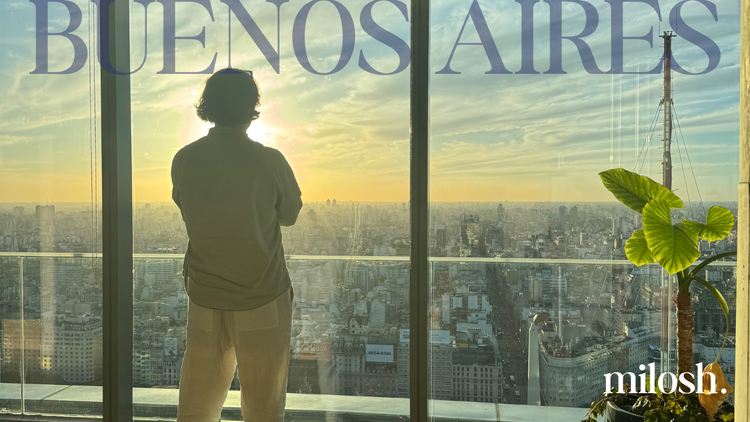
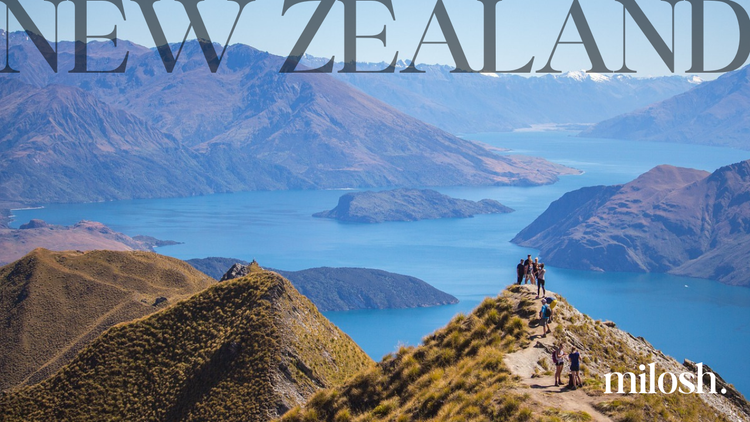
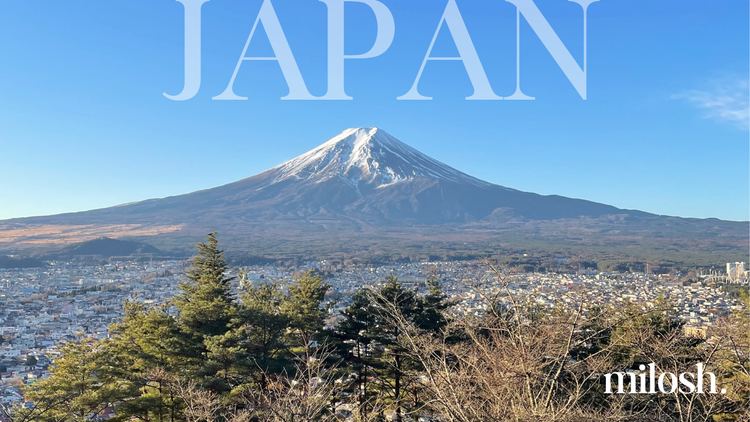
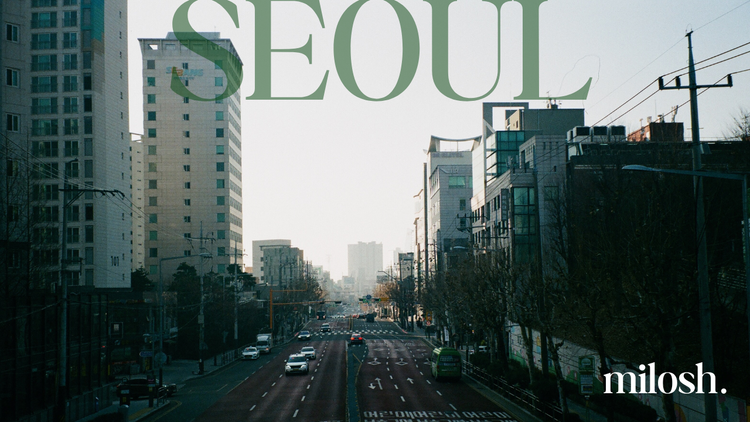
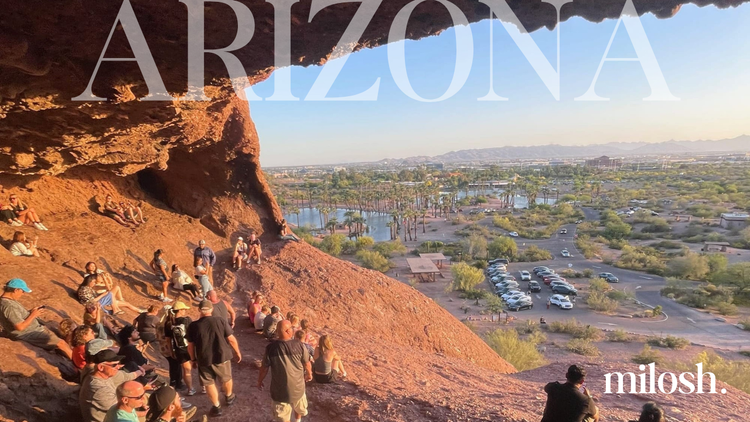
Member discussion